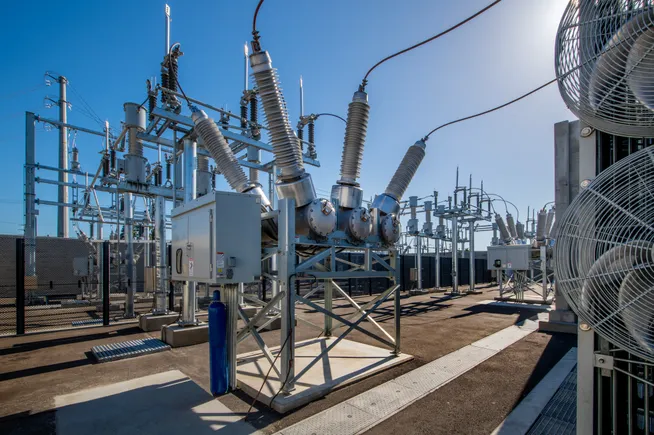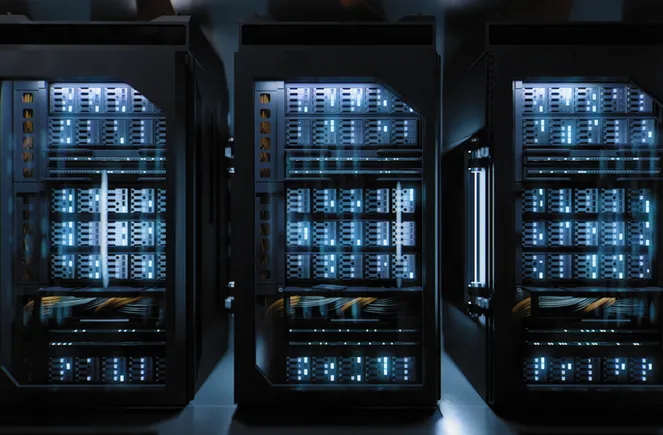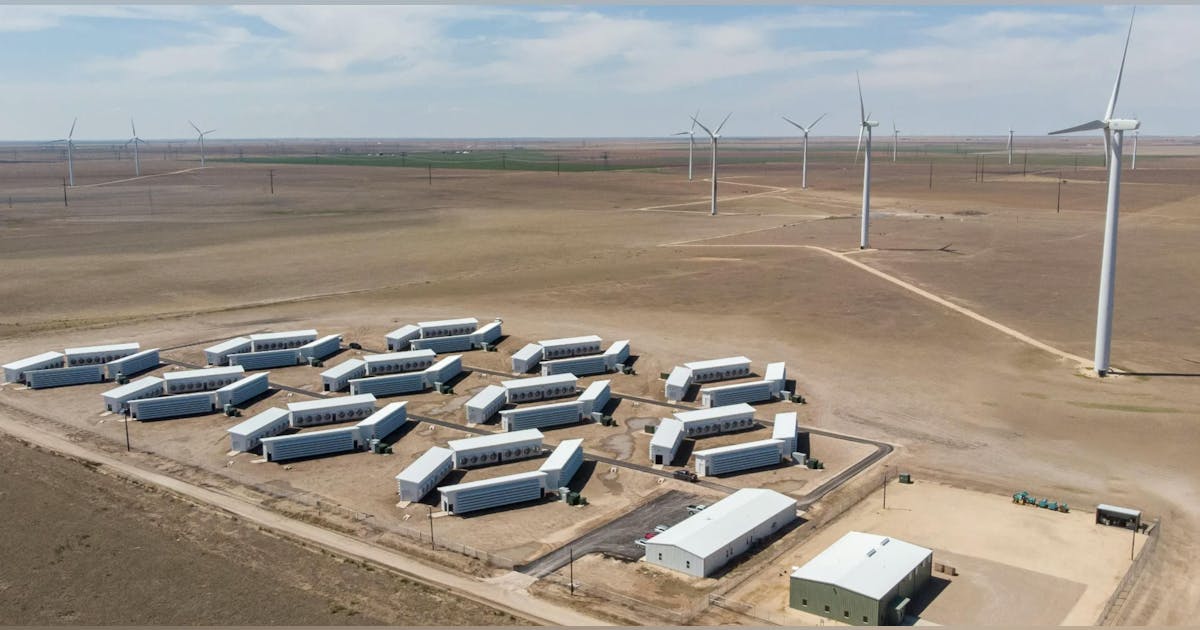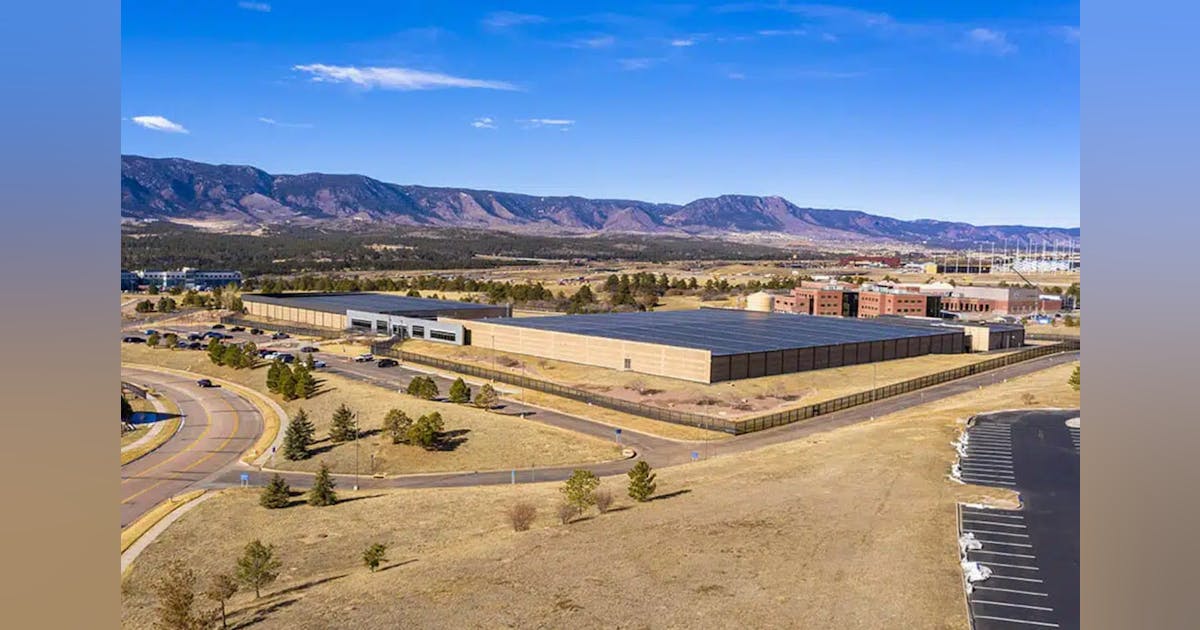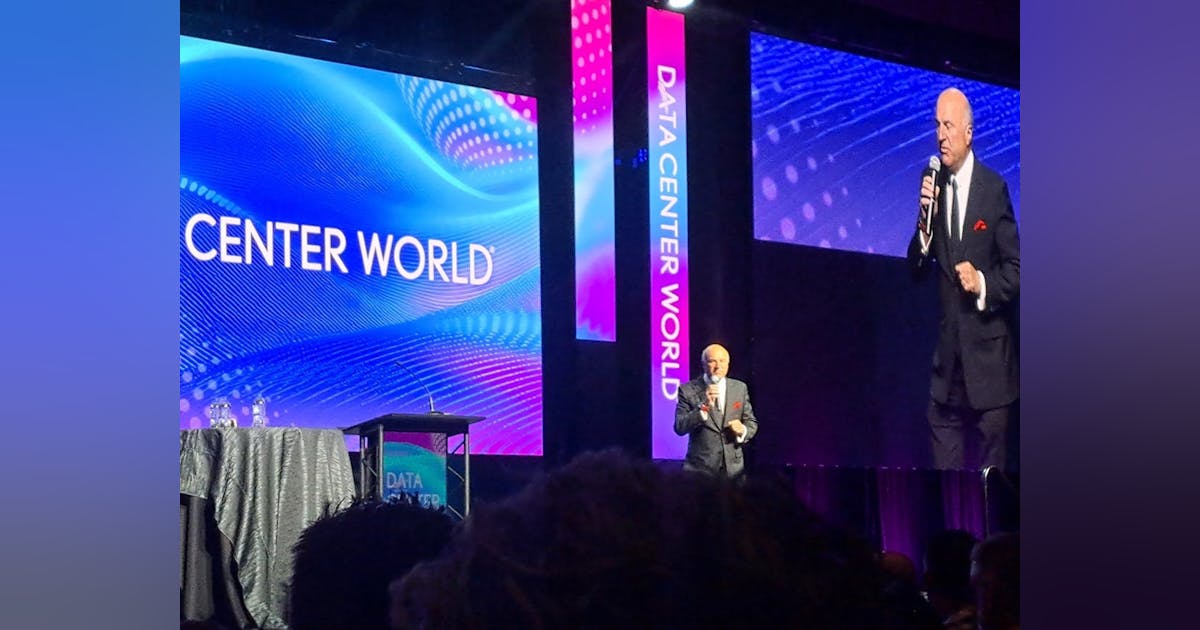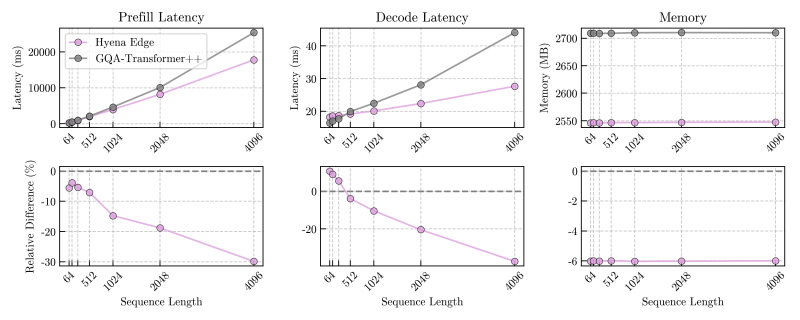
Why Harmonics Matter
In a typical data center, nonlinear loads—like servers, UPS systems, and switch-mode power supplies—introduce harmonic distortion into the electrical system. These harmonics travel along the neutral and ground conductors, where they can increase current flow, cause overheating in transformers, and shorten the lifespan of critical power infrastructure. More subtly, they waste power through reactive losses that don’t show up on a basic utility bill, but do show up in heat, inefficiency, and increased infrastructure stress.
Traditional mitigation approaches—like active harmonic filters or isolation transformers—are complex, expensive, and often require custom integration and ongoing maintenance. That’s where Onics’ solution stands out. It’s engineered as a shunt-style, low-pass filter: a passive device that sits in parallel with the circuit, quietly siphoning off problematic harmonics without interrupting operations.
The result? Lower apparent power demand, reduced electrical losses, and a quieter, more stable current environment—especially on the neutral line, where cumulative harmonic effects often peak.
Behind the Numbers: Real-World Impact
While the Onics filters offer a passive complement to traditional mitigation strategies, they aren’t intended to replace active harmonic filters or isolation transformers in systems that require them—they work best as a low-complexity enhancement to existing power quality designs.
LoPilato says Onics has deployed its filters in mission-critical environments ranging from enterprise edge to large colos, and the data is consistent. In one example, a 6 MW data center saw a verified 9.2% reduction in energy consumption after deploying Onics filters at key electrical junctures. Another facility clocked in at 17.8% savings across its lighting and support loads, thanks in part to improved power factor and reduced transformer strain.
The filters work by targeting high-frequency distortion—typically above the 3rd harmonic and up through the 35th. By passively attenuating this range, the system reduces reactive current on the neutral and helps stabilize voltage across the facility’s load side. Because the filters operate in parallel, there’s no risk of downtime during installation, and no disruption to PDU or UPS performance.
Even incremental efficiency gains, multiplied across a hyperscale fleet, translate into major capex and opex wins—not to mention cooling reductions and ESG reporting benefits. In a sector where every watt counts, this small device is quietly making a measurable difference.
Harmonics: The Hidden Drain
So what are we really talking about here? Harmonics—those sneaky byproducts of non-linear loads (like VFDs, UPS systems, LEDs, and your phone charger) that distort the ideal 60 Hz sine wave. These distortions cause resistive (I²R) losses, core transformer stress, skin effect issues, and dielectric heating. All of this leads to energy waste, overheating, and shortened equipment life.
Most discussions about power in data centers focus on sourcing, redundancy, or cooling. But as the NETA World Journal recently highlighted in a peer-reviewed technical study by Dr. Howard Penrose of MotorDoc LLC, neutral and ground harmonics can create system losses and emissions even when your power systems are technically “efficient.”
LoPilato explained it like this: “If you’ve ever touched your phone when it’s charging and felt that heat? That’s harmonics. Same thing happens in your power panels. Now imagine that effect multiplied across a 100 MW hyperscale campus.”
Passive Precision
The Onics Passive Harmonic Filter is not a power factor correction device. It’s not in series, and it doesn’t touch the main power line. Instead, it’s parallel, passive, and selective—targeting triplen harmonics and higher-order distortions above 60 Hz while letting the main frequency pass unimpeded.
No active components. No parasitic load. No disruption to service if the device fails.
“Some folks assume this kind of solution has to be complicated or software-driven,” said LoPilato. “But power quality doesn’t always need a dashboard. Sometimes it just needs impedance at the right frequency.”
Installation Without Interruption
Another understated advantage? Installations don’t require full facility shutdowns. Licensed electrical contractors can mount the filters directly onto or adjacent to neutral bus bars, typically at main distribution panels or subpanels.
The process involves de-energizing only the specific panel being worked on, allowing the rest of the facility to stay online—a critical consideration in always-on data center environments. When panel space is tight or retrofitting older infrastructure, Onics accommodates with both internal panel mounting and external NEMA-rated enclosures, tailored to site constraints.
Third-party Measurement & Verification (M&V) confirms energy savings via interval metering data from the electric utility. That independent validation—grounded in rigorous, facility-specific baseline comparisons—is one of the reasons major enterprise and cloud customers are giving Onics a hard look.





